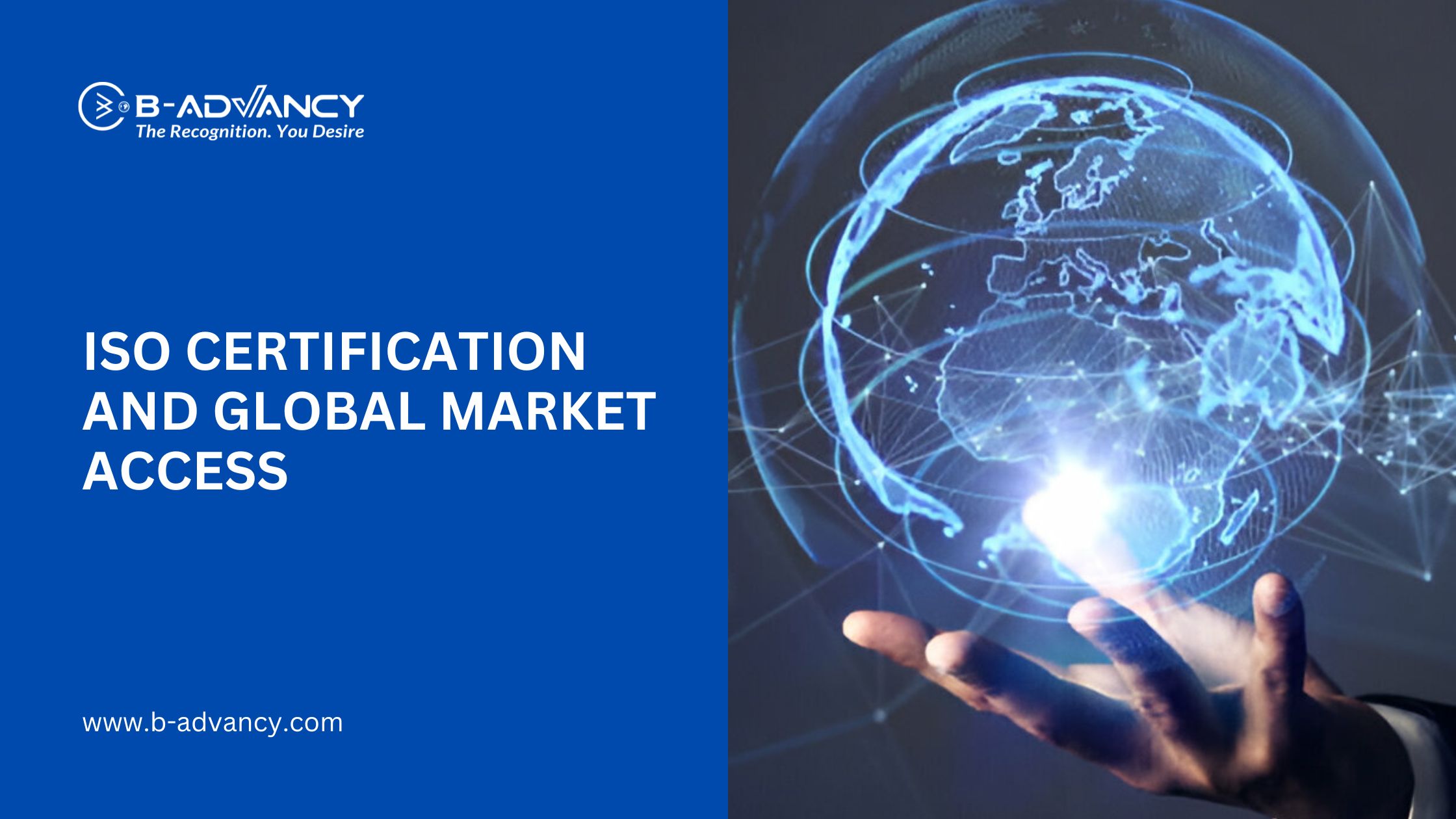
In today’s interconnected economy, the global market offers immense opportunities for businesses to expand, innovate, and thrive. However, accessing these markets requires more than just ambition; it demands credibility, reliability, and a commitment to quality. ISO certification stands as a beacon of these values, providing businesses with the key to unlock international doors and foster enduring relationships across borders.
What is ISO Certification?
ISO, the International Organization for Standardization, is an independent, non-governmental international organization that develops and publishes standards to ensure the quality, safety, efficiency, and interoperability of products and services. ISO certification is a seal of approval from a third-party body that a company complies with one of the internationally recognized ISO standards.
Types of ISO Certifications:
Purpose: The primary goal of ISO certification is standardization, which helps maintain quality, safety, and efficiency across industries and borders. By adhering to ISO standards, businesses can ensure their products and services meet international benchmarks, fostering trust and reliability.
Credibility and Trust: ISO certification builds international credibility, signaling to partners and customers that a business is committed to high standards. This enhanced reputation can significantly boost customer trust and satisfaction, leading to stronger and more profitable relationships.
Regulatory Compliance: ISO standards help businesses meet international regulatory requirements, simplifying the often complex compliance landscape. This standardization ensures that products and services can seamlessly enter multiple markets without facing diverse and conflicting regulatory hurdles.
Market Expansion: With ISO certification, businesses can more easily enter new markets and gain a competitive edge in global tenders and contracts. The certification acts as a passport, opening doors to opportunities that might otherwise be out of reach.
Operational Efficiency: Adhering to ISO standards often leads to streamlined processes and reduced waste, enhancing overall operational efficiency. This improvement not only cuts costs but also boosts productivity and profitability.
Initial Steps:
Implementation:
Internal Audits:
External Audits:
Certification and Beyond:
Common Challenges:
Solutions and Strategies:
ISO certification is more than a badge of honor; it’s a strategic tool that can propel businesses into the global market with confidence. By adhering to internationally recognized standards, companies can build credibility, meet regulatory requirements, expand into new markets, and improve operational efficiency. As global trade continues to evolve, the role of ISO certification will only grow in importance, making it an essential component of a successful international business strategy.